Hi!
Usually, I start writing the letter in my head a few days before I write it. So, the letter is almost 'ready' when I open my laptop and say hi. Okay, some work is still necessary to put the words on the screen.
It is a sunny and warm April day in Kyiv. The windows are open, and the sounds of Sunday in the big city enter the room where I write. It is noisy, but I love this noise. It means life.
Today, I want to tell you about Kharkiv. russians have been intensifying their attacks on the city for the last few weeks. I will mention some of the attacks that happened this week and the damage russia caused to Kharkiv during this war, but also I will share the city's history and accompany my letter with some photos of Kharkiv and its people I found.
The letter in my head is pretty long, so I will do my best to shorten it on the screen.
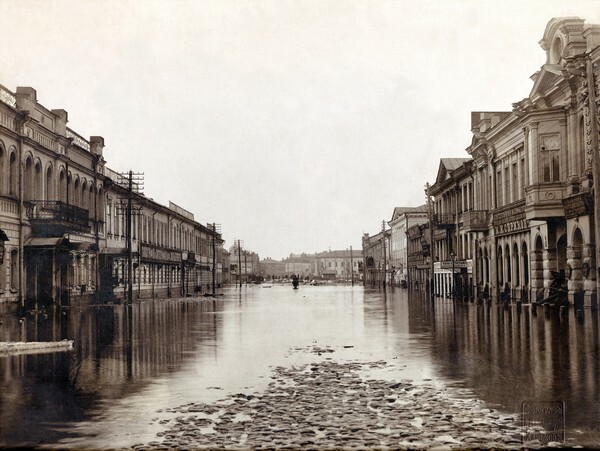 The photo by Oleksii Ivanytskyi (1855-1920). In the 19th century, Kharkiv sometimes turned into Venice. It is the Rybna (Fish) Street. It was called like that not because fish sometimes swam here but because of the fish market that was located nearby.
The photo by Oleksii Ivanytskyi (1855-1920). In the 19th century, Kharkiv sometimes turned into Venice. It is the Rybna (Fish) Street. It was called like that not because fish sometimes swam here but because of the fish market that was located nearby.
SOME ATTACKS ON KHARKIV THIS WEEK
Night, April 3
russians attacked the city with drones. Rescue workers who arrived after receiving a call at one of the addresses came under a repeated drone attack. Two of them died at the scene from the injuries sustained, while another one died on the way to the hospital.
Later, it was reported that four people were dead, and 12 more were injured.
Night, April 6
Seven people have been killed in Kharkiv's Shevchenkivskyi district during a nighttime strike. Another 11 residents of the city were injured.
At least nine high-rise residential buildings, three dormitories, several administrative buildings, a service station, private vehicles, and local businesses were reportedly damaged or destroyed.
Night, April 7
Three people were injured in a russian attack on the city.
THE COST OF RECONSTRUCTION OF KHARKIV
Kharkiv Mayor Ihor Terekhov mentioned in the interview with Ukrainian media liga.net that more than $10 billion is needed to reconstruct everything russia has damaged in Kharkiv.
The mayor stressed that no city budget in the world can withstand the burden of $10 billion, so the city is seeking support from international partners.
Regarding the destruction caused by russia in the last ten days of March, Terekhov said that the russians destroyed all transformer substations and damaged the local thermal power plant. There was a power outage in Kharkiv.
 Occasionally, Oleksii Ivanytskyi was ordered to photograph industrial facilities. In the early 20th century, Kharkiv was developing rapidly. In those years, the Kharkiv Rope Factory supplied almost the entire Middle Eastern market with its products.
Occasionally, Oleksii Ivanytskyi was ordered to photograph industrial facilities. In the early 20th century, Kharkiv was developing rapidly. In those years, the Kharkiv Rope Factory supplied almost the entire Middle Eastern market with its products.
NEW THREATS FROM rUSSIA
In an interview with Politico, head of the Presidential Office Andriy Yermak said that russia could launch a new counteroffensive at the end of May or the beginning of June, likely targeting Kharkiv.
Later, his spokesperson clarified that the media outlet misinterpreted Yermak's comments for Politico. The head of the Presidential Office referred only to russian missile strikes against Kharkiv, not a potential offensive.
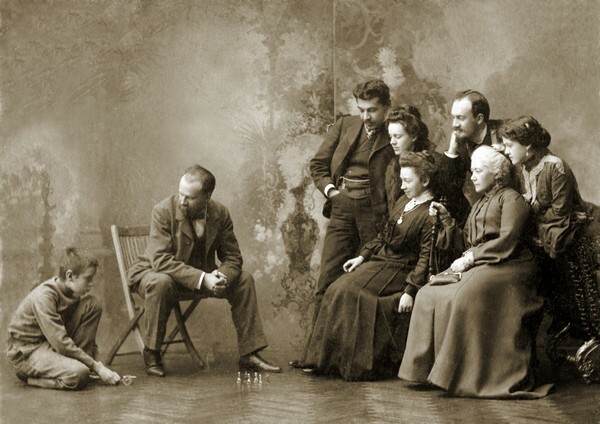 The family of photographer Oleksii Ivanytskyi. During the war, in 1919, Oleksii travelled to Crimea to pick up his wife and daughter from treatment. Nothing was ever heard from him again.
The family of photographer Oleksii Ivanytskyi. During the war, in 1919, Oleksii travelled to Crimea to pick up his wife and daughter from treatment. Nothing was ever heard from him again.
HISTORY OF KHARKIV
There are several versions of the origin of the name Kharkiv, but most experts believe that the city got its name from the Kharkiv River.
The city was founded by Ukrainian Cossacks and peasants who fled the national, religious and social oppression of Polish lords from Prydniprovia and Western Ukraine, especially during the liberation struggle of the Ukrainian people under the leadership of Bohdan Khmelnytskyi.
It is challenging to determine the city's exact founding date from written sources. However, a document dated 1654 indicates the beginning of settlement development between the Lopan and Kharkiv rivers. At that time, this region was called the 'Wild Field', as it was almost devastated after the Mongol-Tatar raids.
The second half of the seventeenth and mid-eighteenth centuries saw Cossack Kharkiv flourish. In the eighteenth century, Kharkiv became an educational centre. The Kharkiv Collegium became the second most important in Ukraine after the Kyiv-Mohyla Academy.
During the second half of the nineteenth century, Kharkiv underwent significant social and national changes. These changes were driven by the so-called Great Reforms, a series of liberal reforms implemented in the russian empire during the 1860s and 1870s (a significant part of Ukraine was occupied by the russian empire at that time). The most important of these reforms was the abolition of serfdom, which led to a rapid transition to capitalism, the completion of the industrial revolution, and the beginning of industrialisation.
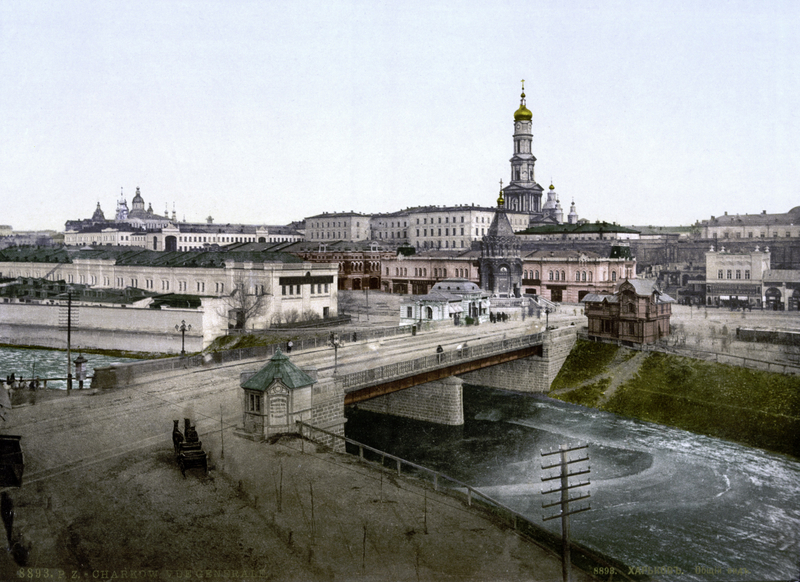 19th-century view of Kharkiv, Ukraine. Photo by Library of Congress.
19th-century view of Kharkiv, Ukraine. Photo by Library of Congress.
During the early 20th century, new enterprises were established in Kharkiv, which required a large number of workers. As a result, the city's population grew rapidly, reaching 238,466 people by 1912. This made Kharkiv the third largest city in Ukraine, after Kyiv and Odesa. However, the majority of the growth was attributed to the influx of ethnic russians, which caused a decrease in the proportion of Ukrainian citizens over time.
The events of the First World War and the Ukrainian National Democratic Revolution of 1917-1921 redrew the political map of Eastern Europe. According to the III Universal of the Ukrainian Central Rada of November 20, 1917, the Kharkiv region, along with most Ukrainian ethnic lands, became part of the Ukrainian People's Republic. The IV Universal of January 9, 1918, proclaimed the independence of the UPR.
However, Soviet russia's military aggression, which began in December 1917, the unfavourable international situation, and domestic political problems proved fatal for the Ukrainian People's Republic. At that time, the struggle to create a national state was lost. Soviet rule, proclaimed on December 12, 1917, by the illegitimate First All-Ukrainian Congress of Soviets in Kharkiv, was established in Ukraine for over 70 years. Kharkiv retained the status of the capital of the Ukrainian Socialist Soviet Republic until 1934.
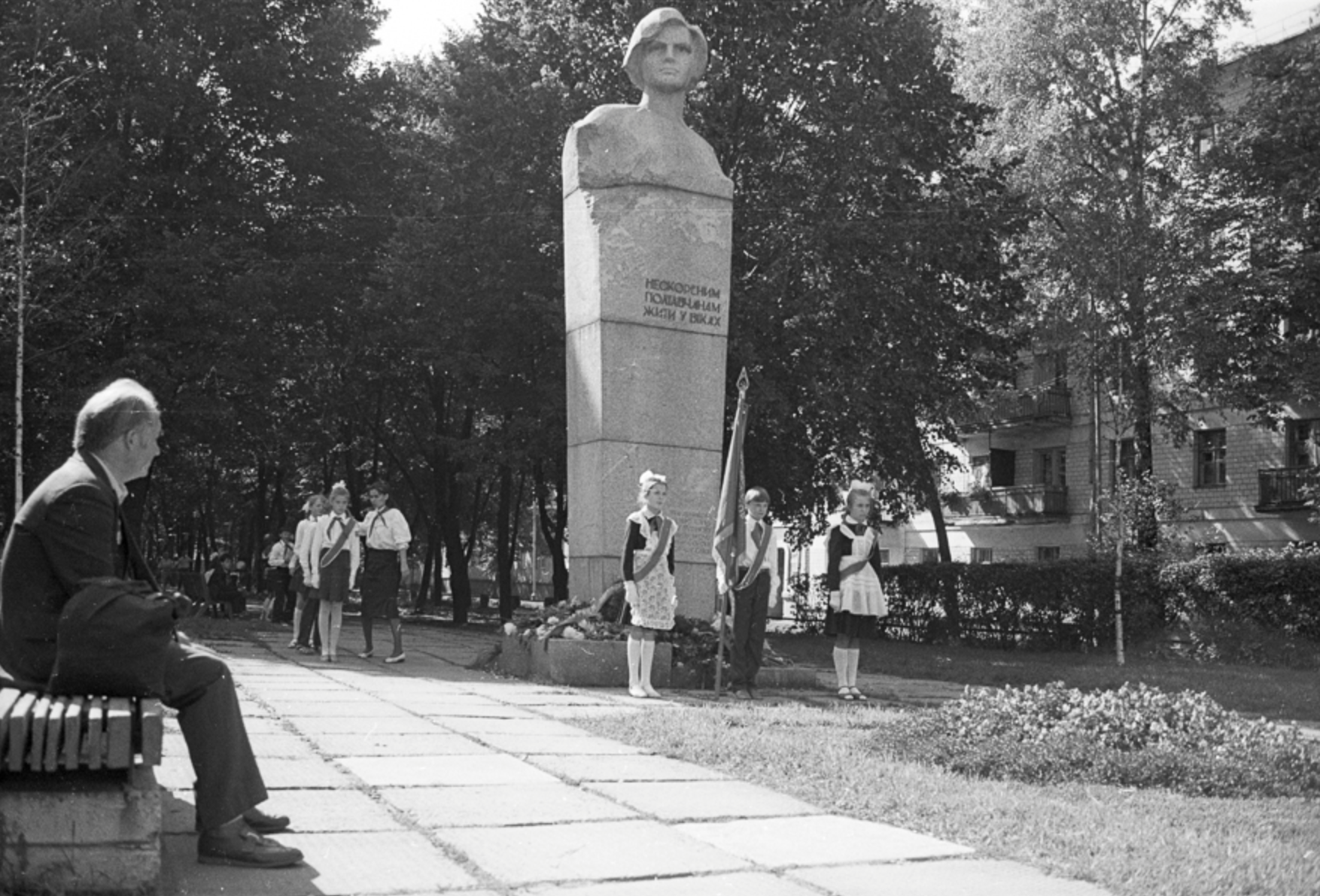 The photo (1980s) was taken by Misha Pedan, who was born in Kharkiv in 1957 and now lives in Stockholm, Sweden. He was a member of the renowned Kharkiv School of Photography, which emerged in the 1970s in Kharkiv. It was a school of esthetic thought that had no official status, where 'education' happened in clubs and coffee shops. The artists created an original visual language that broke free from the dominant Soviet dogma in the arts.
The photo (1980s) was taken by Misha Pedan, who was born in Kharkiv in 1957 and now lives in Stockholm, Sweden. He was a member of the renowned Kharkiv School of Photography, which emerged in the 1970s in Kharkiv. It was a school of esthetic thought that had no official status, where 'education' happened in clubs and coffee shops. The artists created an original visual language that broke free from the dominant Soviet dogma in the arts.
The 1930s brought terrible demographic losses to the Kharkiv region, as well as to most Ukrainian lands, as a result of the Holodomor of 1932-1933, collectivisation, and repressions.
During the Second World War, Kharkiv and the Kharkiv Oblast became a place of fierce fighting. On October 24, 1941, Hitler's troops occupied the city. The city's population decreased by three-quarters during the occupation, and the main infrastructure was destroyed. By August 23, 1943, the day of the city's liberation, no operating enterprises were left in the city.
In the postwar era, Kharkiv retained its importance as a major educational, industrial, and economic centre. At the same time, Soviet policy continued to be aimed at lowering the city's Ukrainian nature. The consequences of this policy are still being dealt with today.
 The photo by Misha Pedan (1980s)
The photo by Misha Pedan (1980s)
People in Kharkiv are suffering from daily attacks from russia now. The former empire wants to regain its power and return the lands it once occupied. But Kharkiv is Ukraine and will stay in Ukraine forever. We will win this war and rebuild what was damaged.
The sun continues its journey along the room where I am writing you this letter. Victory (still a cat) is sitting on the window sill, bathing in the generous sunshine. The voices of people, the noise of cars, and the sounds of unstable normality hug me warmly. I love this noise. It means life.
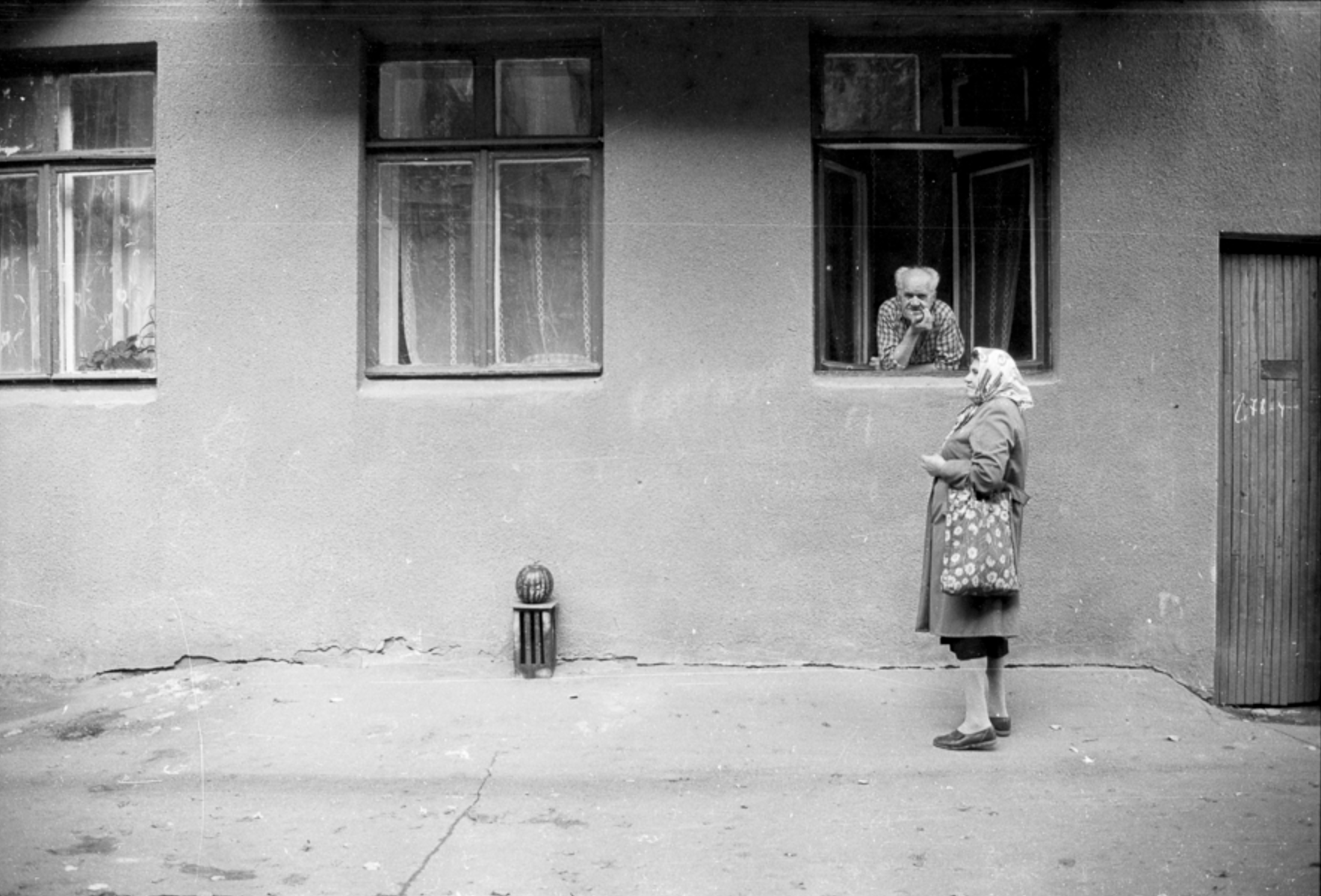 The photo by Misha Pedan (1980s)
The photo by Misha Pedan (1980s)
It was a pleasure writing to you. I finally got the words out of my head. Let them rest a bit. See you soon.
Yaroslava
(I decided to keep this signature; change is a natural part of life, including mine.)
